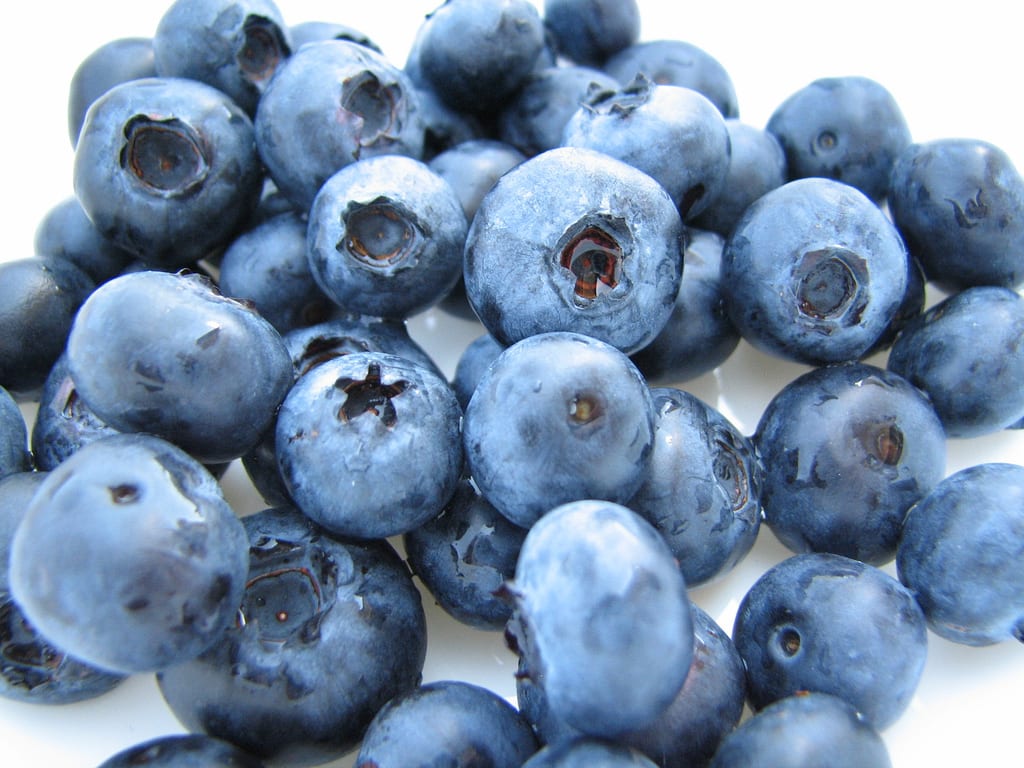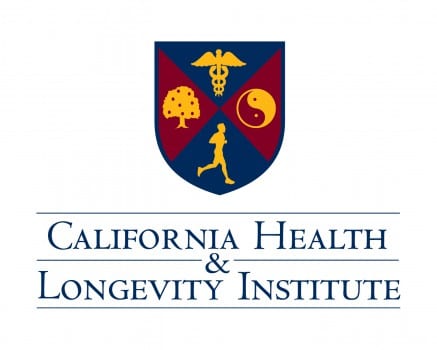The Billionaire Who Is Planning His 125th Birthday (part 6)
Article Originally appeared in the New York Times, March 3, 2011.
by Frank Bruni
Blueberries, for example. Murdock lured Mary Ann Lila, a world-renowned blueberry authority, to the research campus from the University of Illinois, where, she says, she simply didn’t have anything like the instant access to specialized equipment that Murdock has made possible. The campus has a particularly impressive lineup of high-powered nuclear magnetic-resonance machines, which analyze compounds on a molecular level. Lila — technically affiliated now with North Carolina State University — and colleagues are using the fastest of these to look for the unknown natural compounds in blueberries that will speed their efforts to maximize the fruit’s medicinal properties. They believe blueberries could help combat several diseases, including obesity.
Other researchers on campus are investigating such matters as the extent to which quercetin, found in the skins of apples, can have an anti-inflammatory effect; whether Chia seeds are as useful a source of omega-3 fatty acids as, say, halibut; and how significantly and reliably a certain type of fermented Chinese tea can lower bad cholesterol. But while they’re working in a setting created by Murdock, they’re for the most part from the faculties of leading North Carolina universities that aren’t formally affiliated with Dole, and they might well be doing this work anywhere. Besides which, Murdock’s own fortunes aren’t tethered to how well Dole does, with or without the boost of campus research. Over the decades he has collected companies the way he has collected sheep, and owns the one, for example, that provided all the red brick for the campus.
Measurement to Understand the Reclassification of Disease Of Cabarrus / Kannapolis
Murdock checks in with researchers regularly and impatiently, asking them why science is so stubbornly sluggish. He moves fast. Little more than two years elapsed between the demolition of six million square feet of shuttered textile mills and the opening of the campus in October 2008. He chose this location because he owned those mills in the early 1980s, long before the textile industry tanked, and still had land and investments all around them. He has had the lodge nearby for almost three decades.
The luxury with which the campus is furnished is almost as remarkable as the speed with which it materialized. There are tables carved from rare Hawaiian palm trees; desks from India whose black marble surfaces have lapis lazuli and jade inlays; marble statuettes. Lila cracks: “Normally, when you have a lab and someone’s wheeling in liquid nitrogen, you don’t have to worry about them hitting a Ming vase. But we have a different paradigm here.”
This lavishness is just one clue that the campus reflects a passion as much as it does a business strategy. Another is the millions Murdock is spending on the Murdock Study, with the goal of enrolling 50,000 Kannapolis-area residents, taking full blood work from them, storing it in a refrigerated warehouse with backup generators for the backup generators and annually monitoring the residents’ health.The hope is that the study will help determine what biological markers today can tell doctors about the onset of disease decades later. The results won’t be proprietary to Dole.
Murdock says that he wants to slay such killers as diabetes, heart disease and, of course, cancer, and the scientists around him say that in some epically optimistic corner of his mind, he quite possibly believes he can. Unable to save Gabriele or the boys, he’s out to save the world. It’s certainly not his own health that stands to benefit most from the campus, because the nutrients studied there are ones he’s already consuming in abundance, to cover his bases. What the research is more likely to do, at least during his lifetime, is validate that he knows better than anybody else.






Comments are closed.